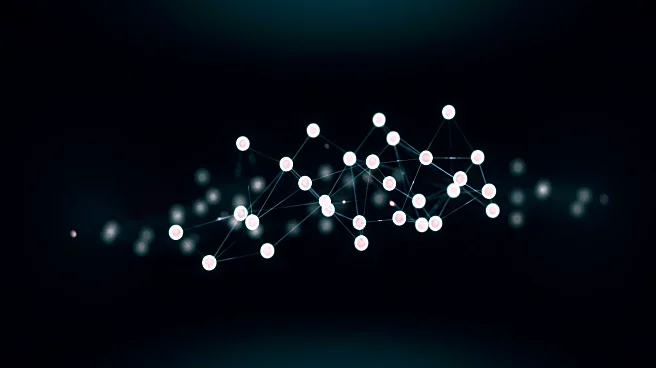What's Happening?
A study conducted by Carolyn Parkinson at the University of California, Los Angeles, has found that similar neural responses to movie clips can predict whether strangers will become friends. The research involved brain scans of 41 students watching various movie clips before starting a graduate program. Participants who became friends showed similar neural activity in the left orbitofrontal cortex, a region involved in processing subjective value. This suggests that friendships may form based on shared thought processes rather than just proximity or sociodemographic factors.
Why It's Important?
This study provides insight into the neurological basis of friendship formation, highlighting the role of shared cognitive processes. Understanding how neural similarities influence social connections could impact fields such as psychology, neuroscience, and social dynamics. It suggests that friendships are not solely based on external factors but also on how individuals perceive and interpret the world. This knowledge could inform strategies for fostering social cohesion and improving interpersonal relationships in diverse settings.
What's Next?
Further research may explore how neural similarities develop over time and their impact on long-term friendships. The findings could lead to new approaches in social psychology and neuroscience, focusing on enhancing social bonds through shared experiences. Additionally, the study may prompt discussions on the importance of cognitive diversity in social networks and its implications for community building and social integration.
Beyond the Headlines
The study challenges traditional views on friendship formation, suggesting that cognitive alignment plays a crucial role. This perspective may influence how social interactions are facilitated in educational and professional environments, emphasizing the importance of shared experiences. It also raises questions about the ethical considerations of using neural data to predict social behavior, potentially impacting privacy and consent in research.











